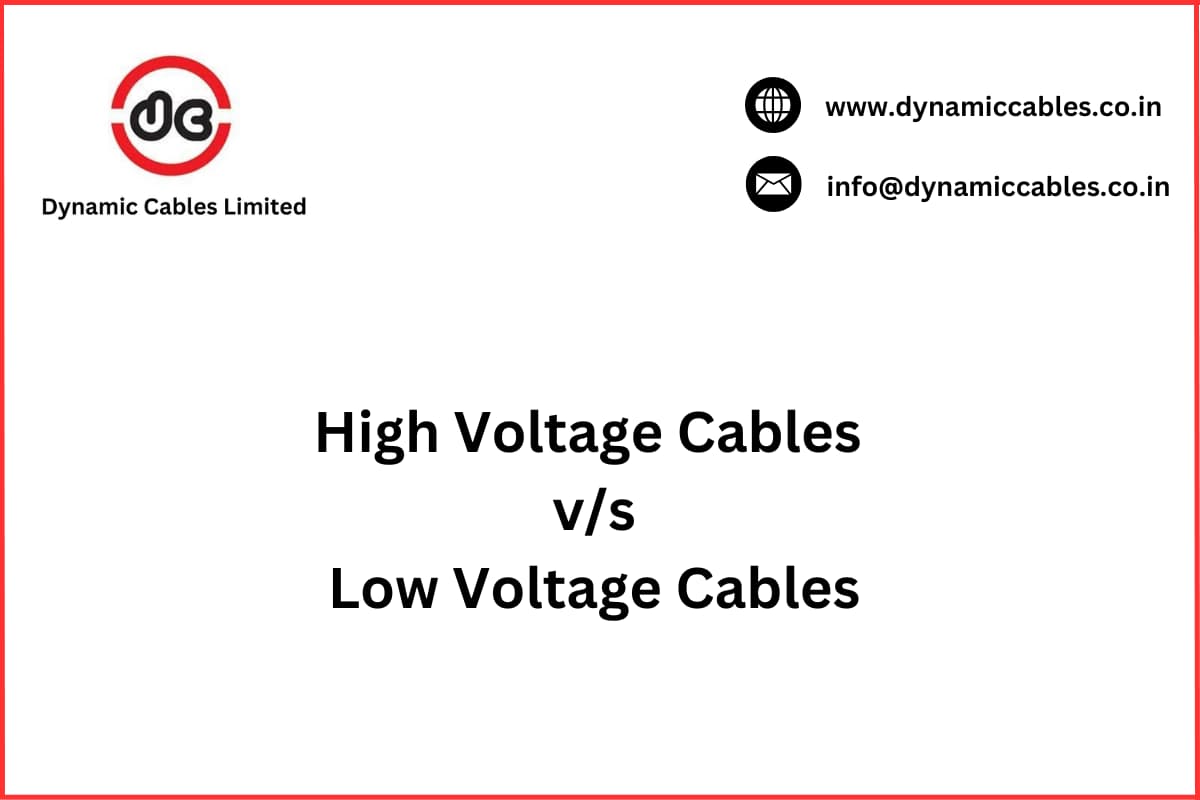
Discover the key differences between high voltage and low voltage cables, including their applications, construction, and safety features.
Understanding the difference between high-voltage (HV) and low-voltage (LV) cables is essential when working with electrical systems, whether for domestic, commercial, or industrial use. Both types of cables play a crucial role in power distribution and transmission, but they’re designed for distinct applications and come with specific characteristics to suit their purpose. High-voltage cables, for example, are built to handle higher electrical loads and are often used for long-distance power transmission, while low-voltage cables are more suited for residential and smaller commercial applications. Knowing these differences not only ensures efficiency but also promotes safety across your electrical projects.
In this article, we’ll delve into the key differences between high-voltage and low-voltage cables to help you make an informed choice for your electrical project. From understanding how each cable type is constructed to knowing where they’re best applied, we’ll guide you through the essentials. Whether you’re working on a residential installation or a large-scale commercial project, choosing the right cable can make all the difference in terms of performance, safety, and efficiency. Let’s explore the details to ensure your project is powered with confidence.
High Voltage Cables: These are designed for voltages above 1 kV.
Low Voltage Cables: These are suitable for voltages up to 1 kV.
High Voltage Cables: Made with several layers of insulating and conductive materials to ensure safety and durability.
Low Voltage Cables: These have a simpler structure, usually consisting of conductors, an insulation layer, and an outer sheath.
High Voltage Cables: These are larger and heavier due to their complex construction.
Low Voltage Cables: Smaller and lighter, which makes them easier to handle and install.
High Voltage Cables: More expensive due to the higher-quality materials and construction.
Low Voltage Cables: Generally more affordable.
When selecting the right cable for your electrical system, it’s essential to understand the differences between high voltage and low voltage options. Consider key factors like voltage rating, insulation type, and your project’s unique requirements to ensure safety and efficiency. This guide covers how high and low voltage cables vary in design and usage, helping you make informed decisions. For optimal performance and peace of mind, always consult a trusted high-voltage cable manufacturer who can tailor solutions to suit your project’s specific needs.
For large power transmission projects, selecting the right high-voltage cable is essential for ensuring safety, efficiency, and longevity. High-voltage cables are specifically designed for heavy-duty use, making them ideal for applications like transformers and generators. By understanding the key characteristics of high-voltage cables, you can make better-informed decisions about which cable will best suit your needs, whether for large-scale power transmission or industrial projects.
© 2024 Crivva - Business Promotion. All rights reserved.